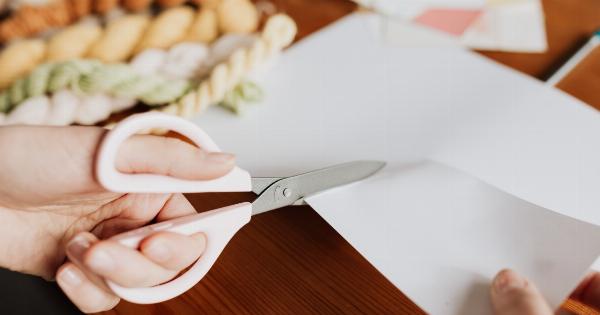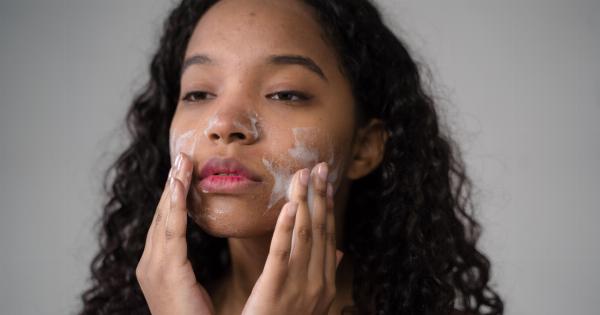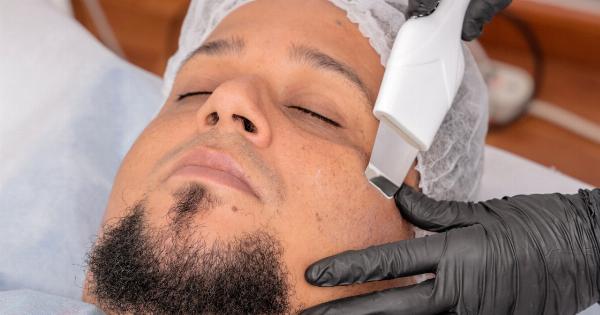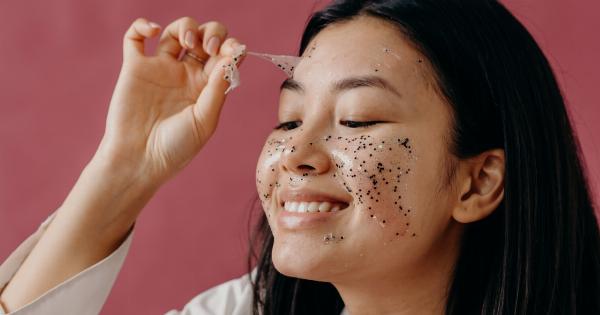There has been a lot of talk lately about what constitutes the perfect female lips.
In today’s world, where social media rules supreme and everyone seems to be obsessed with looks, it’s not surprising that women are looking for ways to enhance their lips.
But what does science have to say about the ideal female lips? Is there really a perfect lip shape and size? Let’s take a closer look.
The Perfect Lip Shape
According to a study published in the journal Plastic and Reconstructive Surgery, the perfect lip shape is one that has a 1:1 ratio between the upper and lower lip. In other words, the ideal female lips are symmetrical.
The study also found that the ideal lip shape has a slight curve to it, with the center of the top lip just slightly thicker than the center of the bottom lip.
The Ideal Lip Size
The same study that looked at lip shape also examined lip size. It found that the ideal lip size is one where the lips take up about 10% of the lower third of the face.
In addition, the study found that lips that are too thin or too thick are generally less attractive. So, the ideal lip size is one that falls somewhere in between.
The Importance of Lip Symmetry
While there is no denying that lip shape and size play an important role in determining the attractiveness of a person’s lips, symmetry is also crucial.
Several studies have found that symmetrical faces are generally considered more attractive than asymmetrical faces.
But why is symmetry so important when it comes to lip attractiveness? One theory is that symmetry is a sign of good overall health and genetic fitness.
In other words, symmetrical faces may be seen as more attractive because they are a sign of good genetic quality.
The Impact of Skin Texture on Lip Attractiveness
Another factor that can impact the attractiveness of a person’s lips is the texture of the skin on and around the lips. Smooth, soft skin is generally considered more attractive than rough or wrinkled skin.
There are several things that can impact the texture of the skin on and around the lips, including sun damage, smoking, and dehydration. So, if you want your lips to look their best, it’s important to take good care of the skin around them.
Can Lip Injections Help You Achieve the Perfect Lips?
Given all of the factors that can impact the attractiveness of your lips – from shape and size to symmetry and skin texture – you may be wondering if there is anything you can do to enhance your lips.
One popular option is lip injections. Lip injections involve injecting a filler substance – typically hyaluronic acid – into the lips to add volume and shape.
While lip injections can certainly enhance the look of your lips and make them appear fuller and more symmetrical, it’s also important to remember that they are not risk-free.
Some potential side effects of lip injections include bruising, swelling, and the potential for an allergic reaction.
In addition, the results are only temporary, meaning you will need to continue getting injections if you want to maintain the look of your lips.
Conclusion
While there is no one-size-fits-all answer to the question of what constitutes the perfect female lips, science has given us some important insights into what factors impact lip attractiveness.
From lip size and shape to symmetry and skin texture, there are several things you can do to enhance the look of your lips.
Ultimately, the best way to ensure that your lips look their best is to take good care of them.
Wear sunscreen, stay hydrated, avoid smoking, and consider speaking with a dermatologist or plastic surgeon if you’re interested in enhancing the look of your lips.































